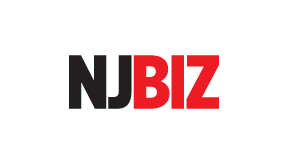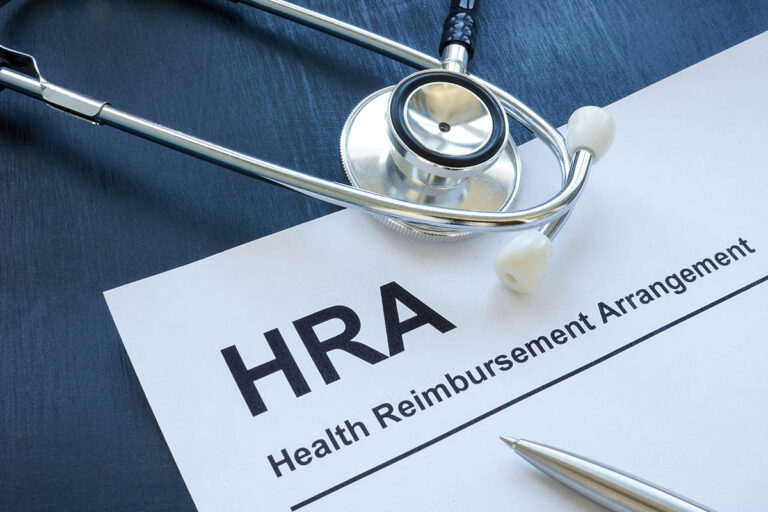
In the quest to help employees find the most cost-effective healthcare, some employers are educating their workforces about going outside of their insurance plan to drastically save on prescription drugs from other countries. It’s called prescription drug importation or international prescription purchasing.
Many prescription drugs sold in the U.S. are manufactured all over the world—Australia, Canada, China, France, Germany, Japan, Singapore, Sweden and the United Kingdom.1, 2 In fact, as much as 80% of active ingredients found in pharmaceuticals come from China and India.3
In other countries, governments contract directly with pharmaceutical manufacturers, setting price points far lower than our free markets allow here in the U.S.
The U.S. has the highest prescription drug spending in the world—a fact that can leave a family in financial ruin if just one person has to take expensive maintenance drugs.4 Employees with high deductible plans must pay out of pocket for prescriptions until they hit their deductible—which could be as much as $5,000 to $6,000 each year.
And when they hit their deductible and are free from paying out of pocket, the plan will renew again: A person might spend almost $1,100 on Celebrex every 90 days, meet their deductible in the third quarter of the year, and must start paying out of pocket again as soon as the plan year renews. Importing the same prescription drug could save them on average almost 88% for each 90-day supply. Similar savings can be found for Advair (79%), Nasonex (84%) and many other brand-name prescriptions. This system has made it difficult for even financially stable people to keep up with expenses if they are left treating a chronic condition like diabetes, asthma or chronic pain.
But is drug importation legal?
The debate over the legality of drug importation is fraught with inaccuracies and misconceptions. In a letter from the FDA to drug importation company CanaRX, the FDA sternly warned against illegal practices that looked to circumvent federal guidelines on the purchasing of safe drugs for U.S. patients.
However, the letter contained several inaccuracies. Some of the most misunderstood claims include assertions that contracts are set up with an employer on behalf of the employee. That’s not how the process works. Contracts are made directly with the employee and are subject to certified medical authorizations. The FDA also claimed CanaRx imports drugs not subject to the same FDA regulations, recalls and other regulatory processes meant to protect consumers. However, each brand-name drug must be prescribed by an employee’s U.S. doctor and undergo utilization review. Each step is transparent and documented so that, in the case of a recall, the patient can be easily notified.
When followed properly, there is nothing illegal about purchasing FDA-approved drugs at far lower prices from a drug importer that sources its products from the same overseas manufacturers as those already prescribed in the U.S.
You won’t find much information on the FDA website about how to legally import drugs, but you will find information regarding illegal importation. You’ll also find a number of articles citing the dangers of drug importation. They all have a common thread in that the articles provide examples of people not following a legal process. With limited information on legitimate international prescription purchasing, it is understandable that consumers may think the entire idea of drug importation is illegal. Numerous municipalities, manufacturers and unions have implemented voluntary drug importation programs with extensive savings to both the employer and their most valuable asset, their employees.
How does drug importation work?
Drug importation companies typically work with Canada, Australia and the United Kingdom to import only brand name maintenance drugs, which are prescribed in 90-day supplies for individuals in the U.S. Some drugs, such as those that are temperature sensitive or controlled substances, those that could be used to make illegal drugs, and drugs with Risk Evaluation and Mitigation Strategy (REMS)5 cannot be filled through an international pharmacy program.
Most drug importation companies act as logistics partners to connect licensed, regulated pharmacies outside the U.S. with patients inside the U.S. Patients must get their first prescription filled in a U.S. pharmacy; drug importation can only be used for refills.
When the patient is ready, she submits an enrollment form and has her eligibility verified. An independent pharmacist performs a drug utilization review (DUR), and then a licensed pharmacist in the U.K., Australia or Canada fills the prescription and mails it to the patient. The prescription arrives in its sealed original packaging, just like a current employer-sponsored mail order pharmacy program.
Each quarter, the drug importation company contacts the patient to verify any changes and confirm the prescriptions have been received. This is an added review that can actually save employers money and ensure the patient is still on the same treatment plan.
There are some minor differences. For example, if your maintenance drug is in pill form, the color or shape of the pill might be different than what you get in the U.S. But if you’ve taken a generic maintenance drug in the past, you have probably experienced this before when your pharmacy switches manufacturers or your insurance’s drug formulary changes.
As the healthcare debate becomes front and center in the upcoming elections, Republicans, Democrats and independents are looking at this strategy as a solution to rising pharmacy costs. We expect drug importation for individuals to continue to increase in popularity; it’s an option that may be right for some employers to discuss with their employees.
1NBC, “FDA recalls are a reminder that China controls much of world’s drug supply”
2PharmacyChecker, “70% of Popular Brand Name Drugs Sold in U.S. Pharmacies Are Imported; Cost Up to 87% Less in Canada”
3L.A. Times, “Where do prescription drugs come from? Good luck answering that question”
4Fortune, “U.S. Drug Prices, But Not Out-of-Pocket Costs, Are the World’s Highest”
5Food & Drug Administration, “What’s in a REMS?”





